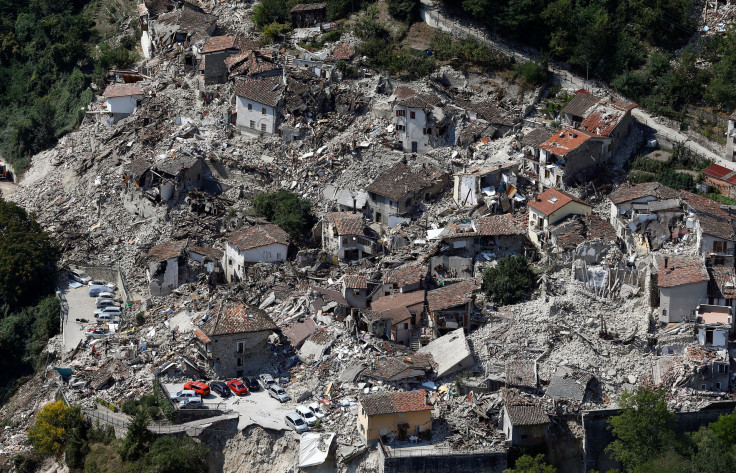Tides Affect Earthquakes, Moon Phase Can Increase Seismic Activity Intensity: Study

What causes earthquakes? Seismologists and other scientists have been trying to understand the geological phenomenon for centuries in a bid to come up with some sort of an effective early warning system that could save many lives. And while our understanding of earthquakes is still relatively poor, a new study links the intensity of quakes to tidal stress on Earth.
Published Monday in the journal Nature Geoscience, the study by researchers from the University of Tokyo concludes “that large earthquakes are more probable during periods of high tidal stress.” Which is to say, quakes that occur on the days of full or new moons — every 15 days, when the tidal forces affecting Earth are the strongest — are likely to be strong ones, compared to those on other days.
The study, titled “Earthquake potential revealed by tidal influence on earthquake size–frequency statistics,” takes three sets of data on earthquakes from Japan, California and around the world. On analyzing them, they found “that very large earthquakes, including the 2004 Sumatran, 2010 Maule earthquake in Chile and the 2011 Tohoku-Oki earthquake in Japan, tend to occur near the time of maximum tidal stress amplitude.”
Led by Satoshi Ide, a seismologist at the University of Tokyo, the study also found that “for more than 10,000 earthquakes of around magnitude 5.5, the researchers found, an earthquake that began during a time of high tidal stress was more likely to grow to magnitude 8 or above.” All earthquakes start small, and depending on numerous factors that aren’t fully understood, grow in intensity.
However, Ide pointed out that despite the effect of tides, earthquakes do not become more probable in areas prone to them, and that the study does not change how such regions should prepare for quakes. “It’s too small to take some actions,” Ide told Nature.
The tidal effect on earthquakes is significant, but small. Commenting on the study, Honn Kao, a seismologist at the Geological Survey of Canada and Natural Resources Canada in Sidney, told Nature: “It gives us some sense into the possible relationship between tidal stress and the occurrence of big earthquakes.”
© Copyright IBTimes 2025. All rights reserved.





















